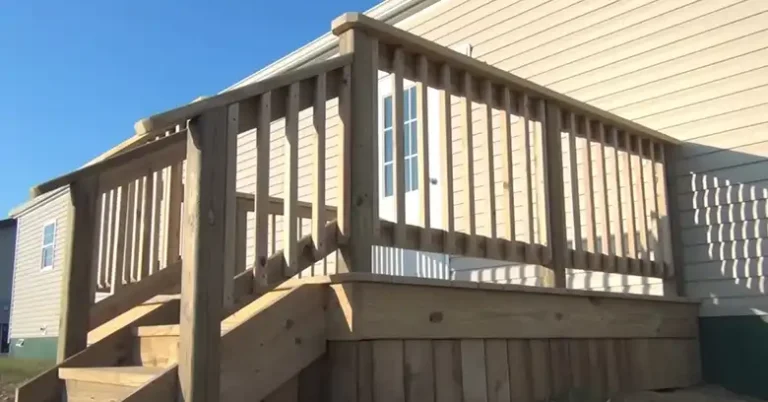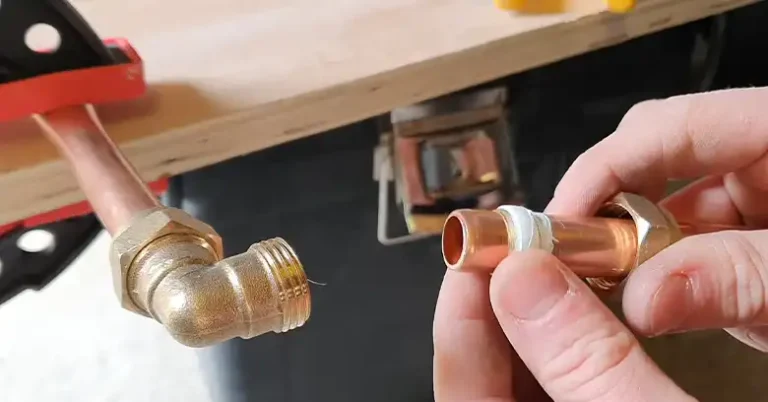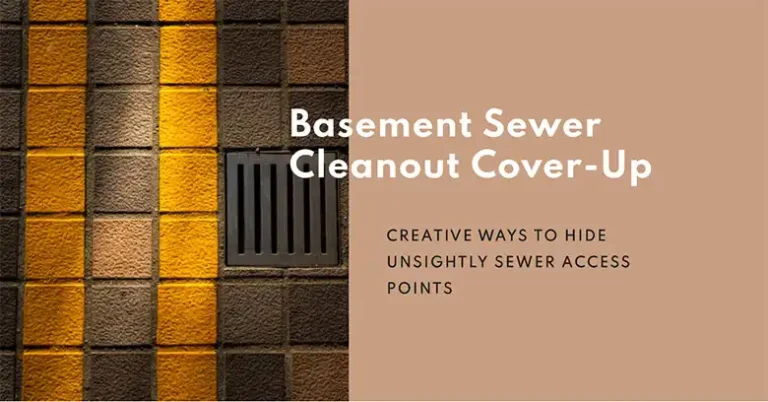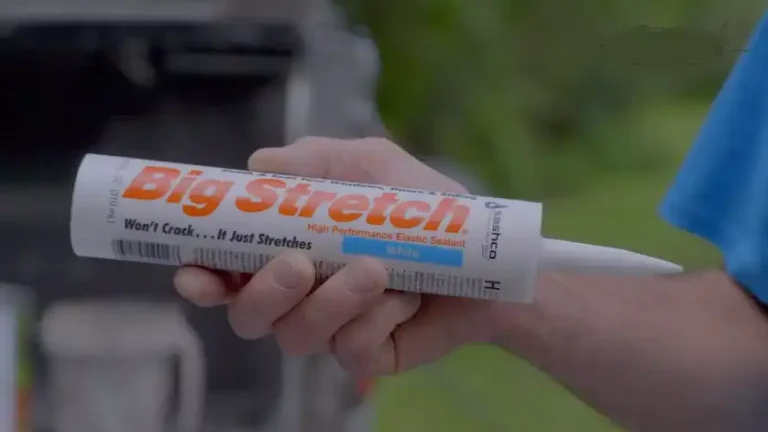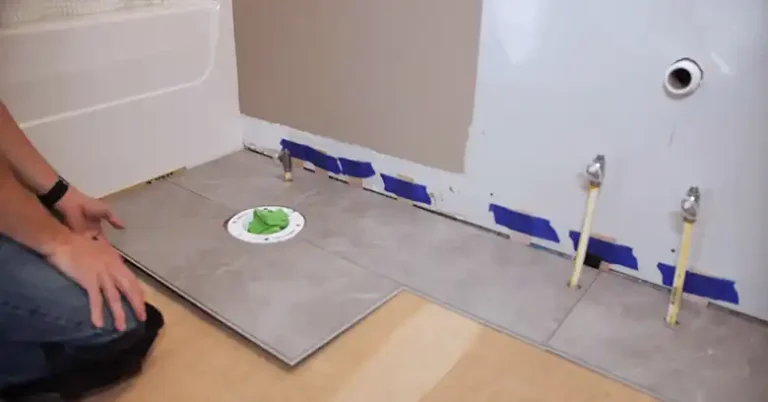How to Remove Rusted Bolts from Toilet
Your toilet is an essential fixture in your bathroom, and its proper functioning is crucial for maintaining a hygienic environment. However, over time, the bolts that secure the toilet tank and bowl to the floor can become rusted, making it challenging to remove them when necessary.
Toilet bolts are typically located under the tank, securing it to the bowl, and at the base, anchoring the bowl to the floor. When these bolts become rusted, it can lead to leaks, instability, and difficulty in replacing or repairing your toilet.
Rust can be a stubborn foe, but with the right techniques and tools, you can tackle this issue like a pro. This article will guide you through every possible process that you can remove the rusted bolts from your toilet. So, take a few minutes and read the article til the end.
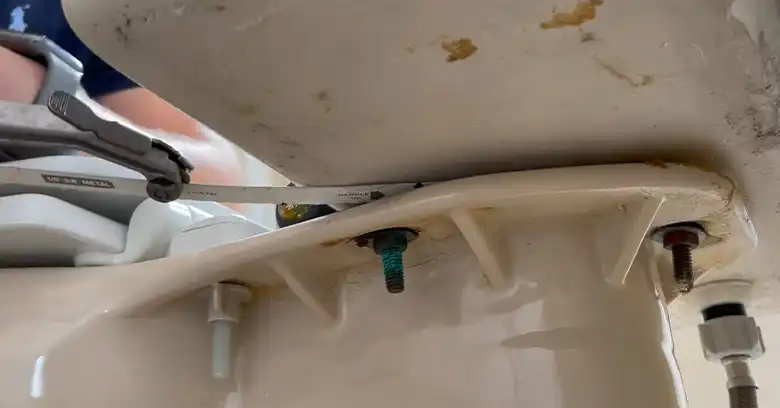
How Do You Remove Rusted Bolts from Your Toilet?
Before undertaking the removal of rusted toilet bolts, wear gloves and eye protection to shield yourself from potential injuries or exposure to rust particles. Also, turn off the water supply to your toilet to prevent any leaks or water damage during the process.
There are various approaches available, ranging from those requiring minimal intervention to techniques that involve more force. Each method has its own advantages and disadvantages.
Loosening the Rusted Bolts
If the rust isn’t too severe, you can try a minimalist approach to loosen the bolts before attempting more aggressive methods.
Penetrating Oil, Wrenches or Pliers
Start by applying a generous amount of penetrating oil, like WD-40, around the threads of the rusted bolt. The oil will work its way into the crevices, helping to break down the rust and lubricate the threads. Let the oil sit for at least 30 minutes to give it time to work its magic.
After letting the penetrating oil do its job, grab the appropriate wrench or pliers (depending on the bolt head) and try turning the bolt. Apply gentle rocking motions to help break the rust’s hold on the bolt. If the bolt starts to turn, keep going slowly and steadily until it’s completely loosened.
Heat
If the bolt still seems stubborn, you can try using a heat gun (carefully) to expand the metal around the bolt. The heat can help loosen the rust’s grip, making it easier to turn the bolt. However, exercise caution and avoid overheating the porcelain toilet parts, as this could lead to cracking or damage.
Increased Force Methods
If the minimalist approach doesn’t yield the desired results, it’s time to step up your game and try some more forceful methods.
Impact Wrench
An impact wrench can be a game-changer when dealing with stubborn rusted bolts. This power tool delivers short bursts of force, which can help break the bolt free from its rusty prison. However, be cautious when using an impact wrench, as excessive force can potentially shatter the toilet parts.
Hacksaw or Reciprocating Saw
If brute force isn’t your style, you can try cutting a slot in the head of the bolt using a hacksaw or reciprocating saw. Once you’ve created a slot, insert a flathead screwdriver and attempt to turn the bolt. This method can be effective, but it also carries the risk of damaging the surrounding areas if not done carefully.
Last Resort Methods
If all else fails, it’s time to bring out the big guns. These last resort methods should be used with extreme caution, as they can cause significant damage if not handled properly.
Nutcracker (For Wingnuts)
If you’re dealing with wingnuts, a nutcracker or locking pliers can be your savior. By crushing and breaking the wingnut, you can remove the bolt without too much fuss.
Angle Grinder (Destructive Option)
As a last resort, you can use an angle grinder with a cut-off wheel to literally cut through the rusted bolt. This method is destructive and should only be used if all other options have been exhausted.
Extreme caution is necessary when using an angle grinder, as it can easily damage the toilet flange or floor if not handled properly. Always wear appropriate safety gear, when using this method.
Replace the Bolts and Reassemble
Once you’ve successfully removed the rusted bolts, it’s time to replace them with new ones. Never reuse rusted bolts, as they can compromise the stability and integrity of your toilet installation. Follow the proper toilet reassembly procedures, including the use of a new wax ring, to ensure a secure and leak-free installation.
End Note
Removing rusted bolts from a toilet can be a challenging task. But by following the outlined methods and using the appropriate tools, you can successfully complete this project. If you encounter any difficulties, feel free to seek professional help from a qualified plumber. A plumber can efficiently and securely remove the rusted bolts without causing any damage or injury.
If you’ve successfully removed the rusted bolts and have any further questions or require additional clarification, feel free to leave a comment below. I’m happy to provide further guidance or insights to assist you throughout this process.
Frequently Asked Questions
Can I use vinegar or other household cleaners instead of penetrating oil?
While vinegar and some household cleaners can help break down rust to some extent, they’re not as effective as dedicated penetrating oils like WD-40. Penetrating oils are specifically formulated to seep into tight spaces and dissolve rust, making them a better choice for loosening rusted bolts.
How do I prevent toilet bolts from rusting in the future?
To prevent future rust buildup on your toilet bolts, consider using stainless steel or corrosion-resistant bolts during installation. Additionally, regularly inspecting and maintaining the bolts by applying a rust-inhibiting lubricant can help extend their lifespan.
What if I accidentally crack or damage the toilet during the bolt removal process?
If you accidentally crack or damage the toilet during the bolt removal process, it’s best to stop immediately and seek professional help. Attempting to continue the repair or installation with a damaged toilet can lead to further issues, such as leaks or instability. A plumber can assess the extent of the damage and advise you on the best course of action, whether it’s repairing or replacing the toilet.

